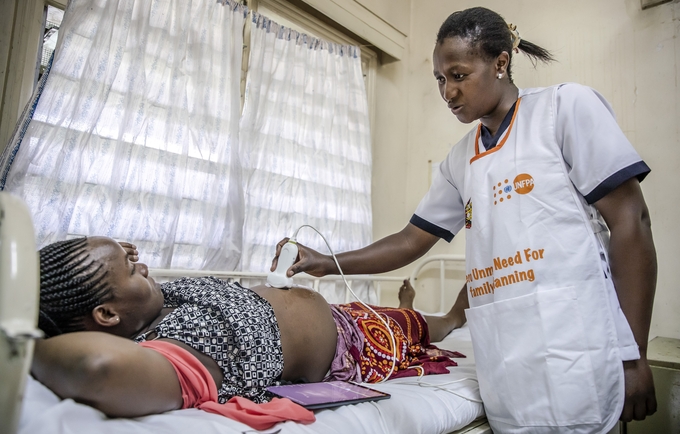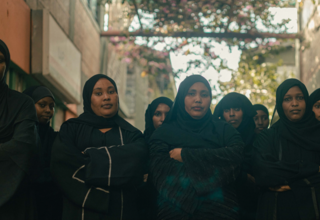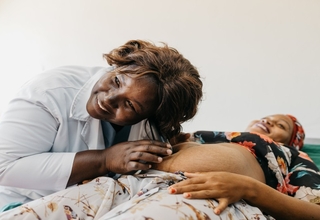The maternal mortality ratio, the number of women dying of pregnancy-related causes, stands at 355 deaths per 100,000 live births. Given the current annual births, this means that there are nearly 5000 women and girls dying annually due to pregnancy and childbirth complications. While access to skilled birth attendance has improved from 62% to about 70% over the last seven years, over 80% of maternal deaths are attributed to poor quality of care. Additionally, many more women and girls survive with severe morbidity including obstetric fistula and mental health complications UNFPA supports capacity building of the health facilities to ensure universal access to patient-centered, skilled midwifery care to end preventable maternal and perinatal deaths, particularly to those at risk of being left behind including those in informal urban settlements and rural areas.
UNFPA supports several interventions aimed at ending preventable maternal deaths in Kenya:
- Advocacy and policy dialogue on ending preventable maternal and perinatal deaths
- Improvement of midwifery training and practice as per International Confederation of Midwifery standards, including support for improving community-based maternal and newborn care
- Scale-up of emergency obstetric and newborn care, focusing on improving facility readiness
- Prevention and management of obstetric fistula, to integrate fistula treatment within the routine health service delivery.
- Capacity building of counties on maternal and perinatal death surveillance and response.
- Use of innovations to improve maternal health, including telemedicine.
- Evidence generation and knowledge management to improve maternal and perinatal health outcomes.
HIV and AIDS remain a health and development challenge for Kenya. HIV prevalence dropped from 7.1 % in 2007 to 4.5 % in 2020, although new infections remain fairly high, at 41,700 per year. HIV incidence among adults aged 15+ years declined from approximately 2.8 per 1000 in 2010 to 1.2 per 1000 in 2020. This decline is attributed to several factors among them the scale-up of various prevention and treatment programmes. Adolescents and youth aged 15-24 years contributed about 35% of all the new infections. The total number of people living with HIV (PLHIV) is estimated at approximately 1.5 million in 2020, which includes 106,807 children <15 years old, 145,471 youth aged 15-24 years, and 1,256,127 adults aged 25+ years old. The youth 15-24 years of age accounted for 12% of the total number of people living with HIV while adolescents aged 10-19 years old represented 91,634 (8%) of the total number of people living with HIV.
UNFPA Interventions
- Procurement of male and female condoms including their availability in emergencies and advocacy for domestic financing of condoms
- Strengthen national and county institutions’ capacity to provide integrated HIV prevention/SRH services for adolescents, young people, and sex workers. This includes support for the development of policies, strategies, and guidelines for service delivery.
- Facilitate service delivery to female sex workers and their clients through the establishment of drop-in centres.



